Sights
Zgornji Leskovec is surrounded by 12 villages – Belavšek, Berinjak, Gradišče, Mala and Velika Varnica, Repišče, Skorišnjak, Spodnji and Zgornji Leskovec, Strmec, Trdbojci and Veliki Okič. The area is almost entirely hilly, which offers an ideal location for viticulture, hiking and relaxation in unspoiled nature.
Each of the mentioned villages offers many attractions and stories that you can explore and discover on foot, by bike or by car.
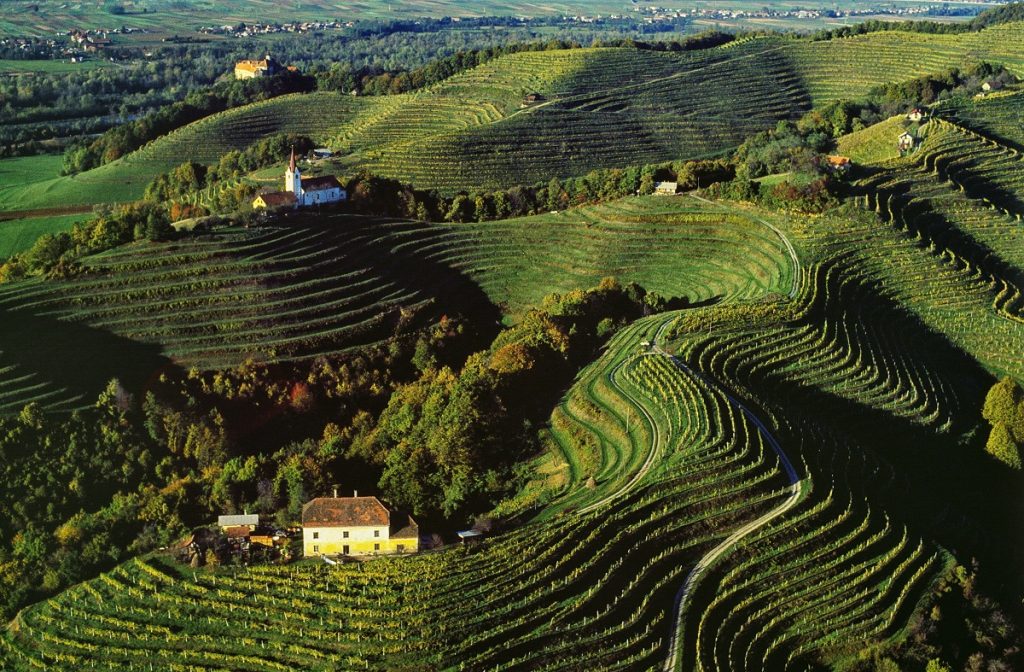
Haloze
Authentic nature, picturesque boutique villages, green slopes of hills and steep meadows, an exceptional culinary offer of locally grown ingredients and a long-standing wine growing tradition offer a perfect tourist experience in Haloze. All offers at https://visithaloze.com/
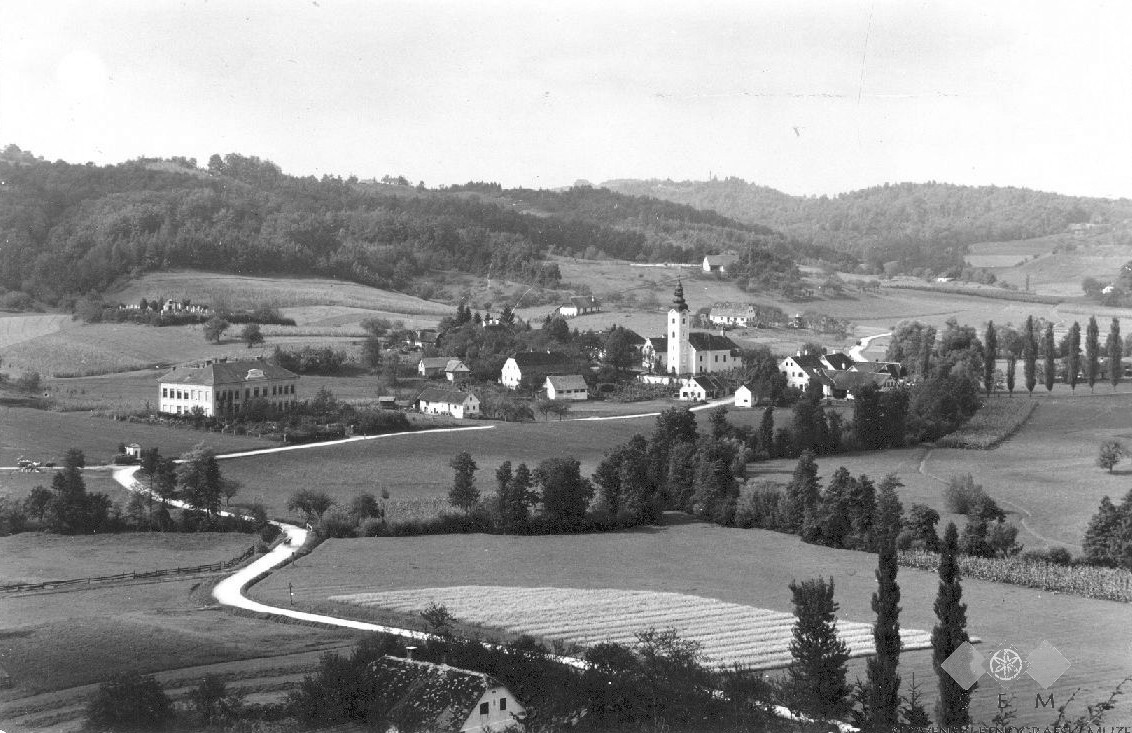
Zgornji Leskovec
In the eastern part of Haloze there is also the settlement of Zgornji Leskovec, which was first mentioned in the urban records of the Minorites and Dominicans in Ptuj in 1440 under the name of Lezkowicz pri Psičina. Zgornji Leskovec is located at the crossroads of Cirkulane-Podlehnik and Ptuj-Trakošćan.
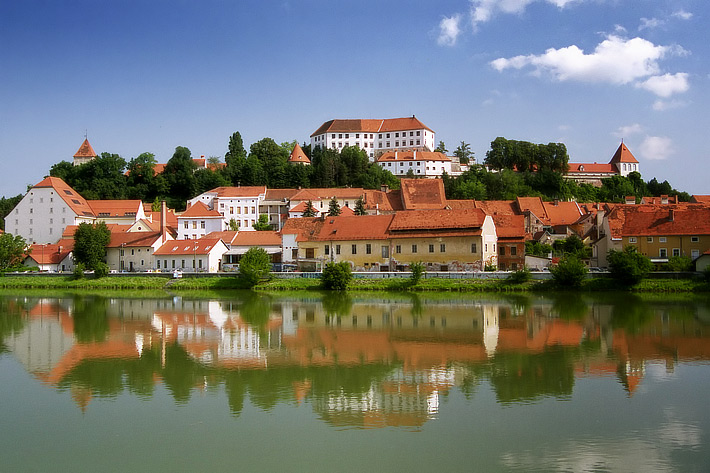
Ptuj
The oldest town in Slovenia, with its rich heritage, is only 15 km away from the Vila Leskovec suites. A visit to the castle, a walk along the Ptuj “sea”, a visit to Mithras and the Ptuj thermal spa make up an excellent day trip that can also be done by bicycle.
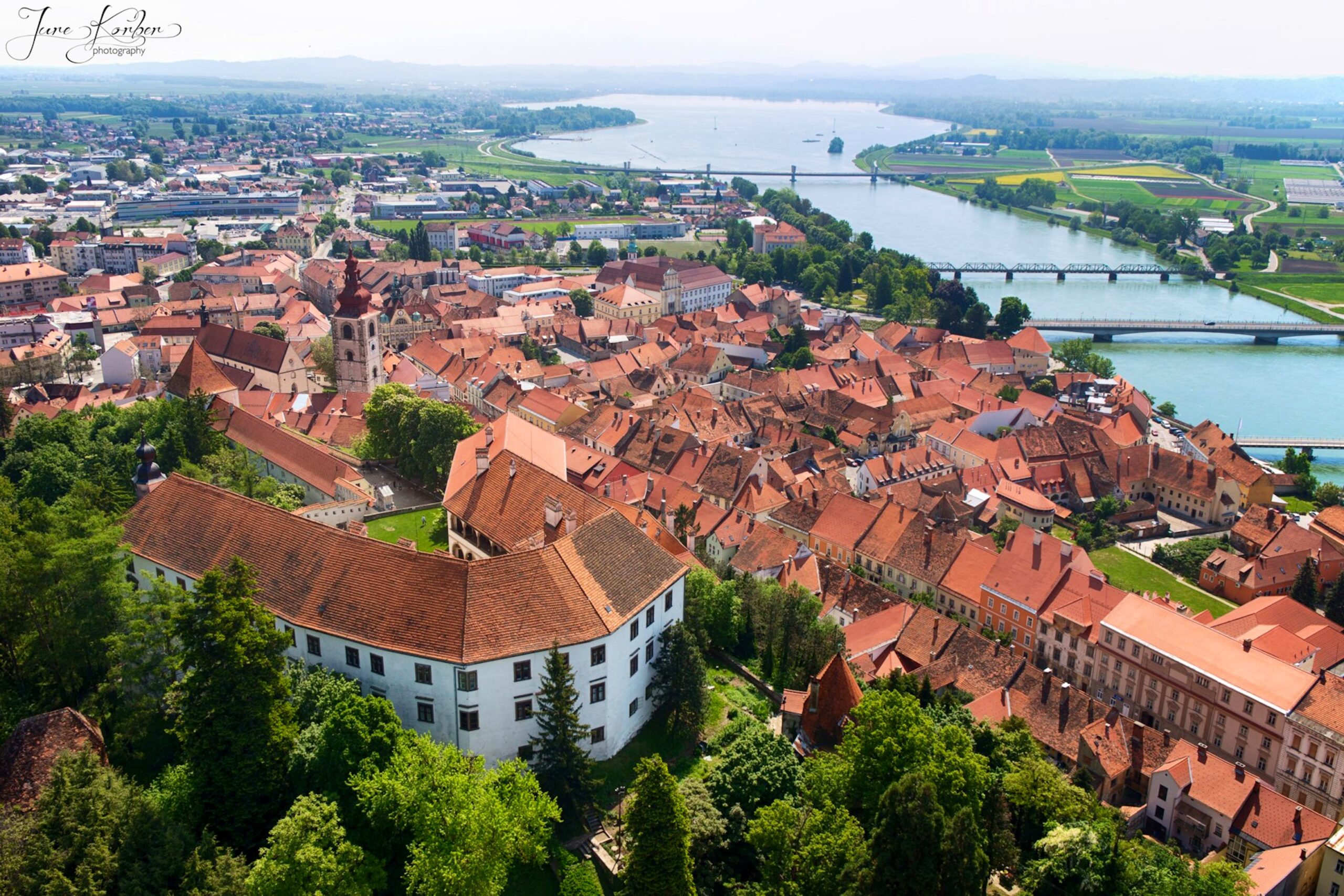
Ptuj Castle
Today, Ptuj Castle has the most visited and representative collections of the Ptuj-Ormož Museum of Local Lore: weapons, musical instruments, traditional carnival masks, a collection of feudal residential culture, glass paintings and the castle gallery. Located 16.2 km away.
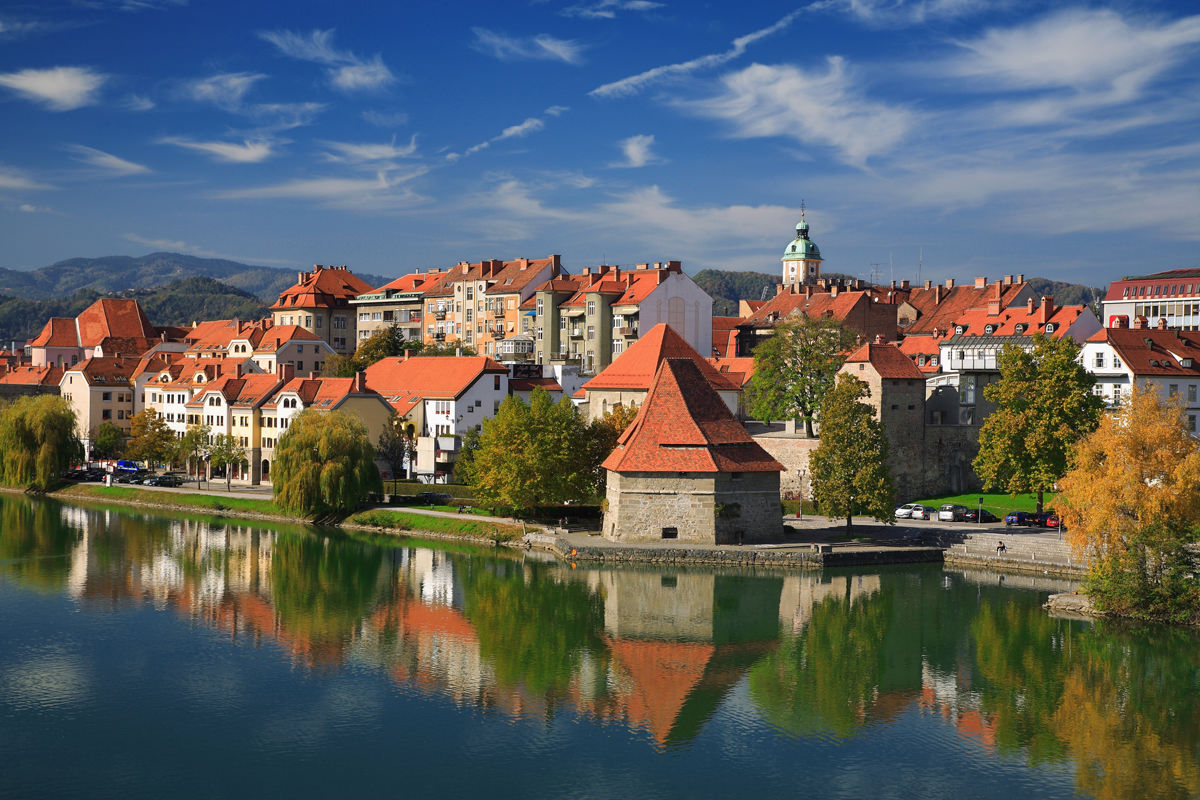
Maribor
The town under Pohorje, with the oldest vine in the world; Lent, Piramida, Kalvarija are just a few of the sights that are some 40 km away.
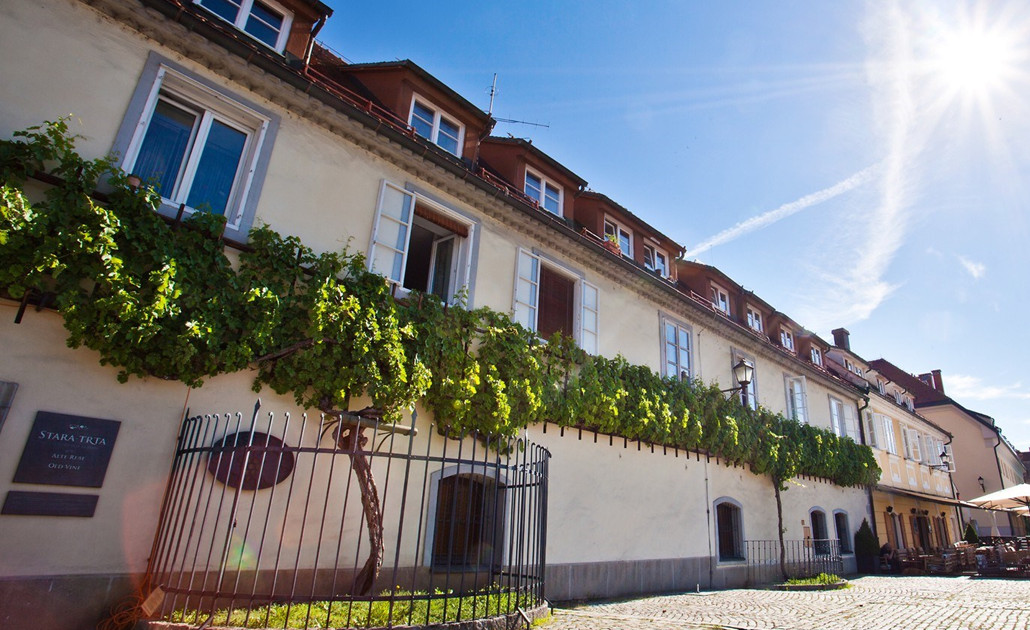
The Old Vine House, Maribor
In the old town centre on Lent, in front of the Old Vine House, there is more than 450-year-old Žametovka aka Modra kavčina. It is even entered in the Guinness World Records as the oldest vine in the world that still bears noble fruit.
The old vine was planted at the end of the Middle Ages, when Maribor was besieged by the Turks. It survived despite the fierce fighting raging around it, as the Old Vine House was once part of the city walls. Neither the fires of the late Middle Ages, nor the grapevine aphid that killed most of the other vines, nor the allied bombing of the city destroyed it. It is still alive and waiting for you to visit it and become part of its story. Located 43 km away.
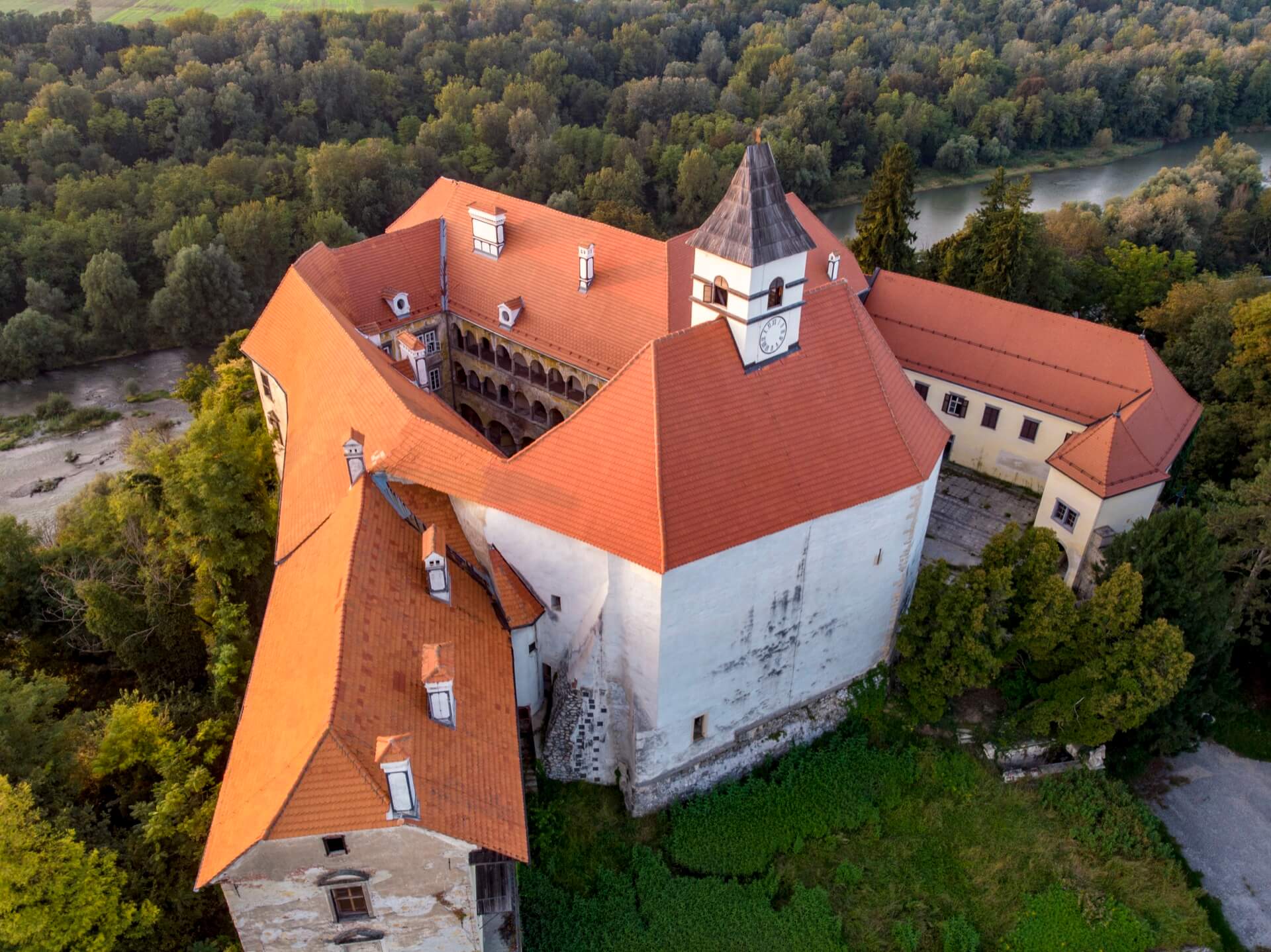
Borl Castle
Borl Castle (Ankenstein) is located on a steep rocky hill above the Drava River in Haloze. Due to its natural location on the Hungarian-Croatian border, it had an important strategic role from the very beginning. It originally served as a Hungarian border post. It guarded the strategically important river crossing over the Drava, as evidenced by the Hungarian and at the same time German names Borl Castle or Anchestein, respectively, which are supposed to denote the river crossing. Located 6.9 km away
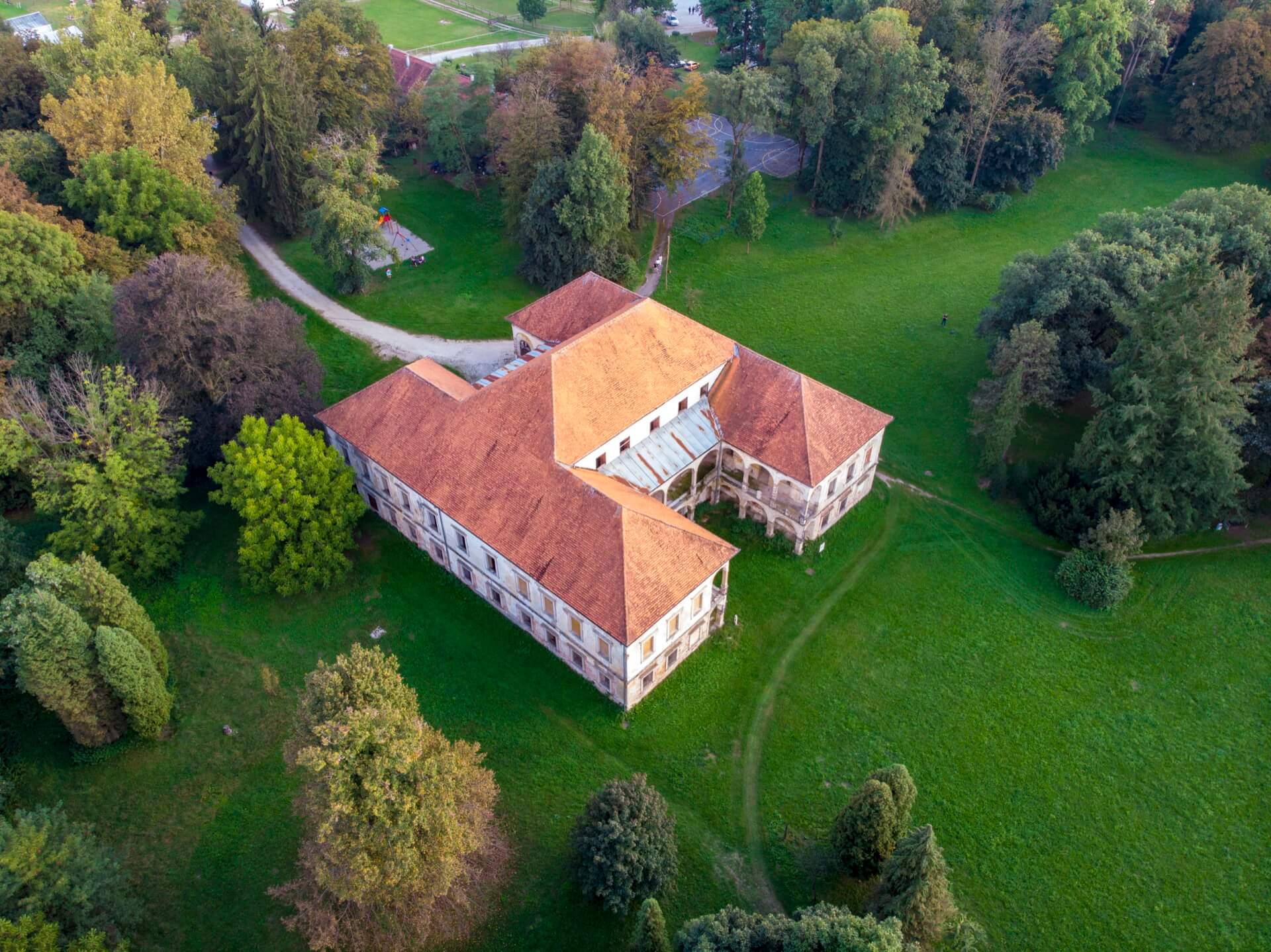
Turnišče Castle
The Renaissance mansion in a baroque guise is surrounded by a park and forest, through which paths lead to a pond and meadows. In the Middle Ages, a wooden fort stood on this site against the Turks, and later it was given a representative role. The Barons of Lippiti lived here until the end of World War II. Located 12 km away.
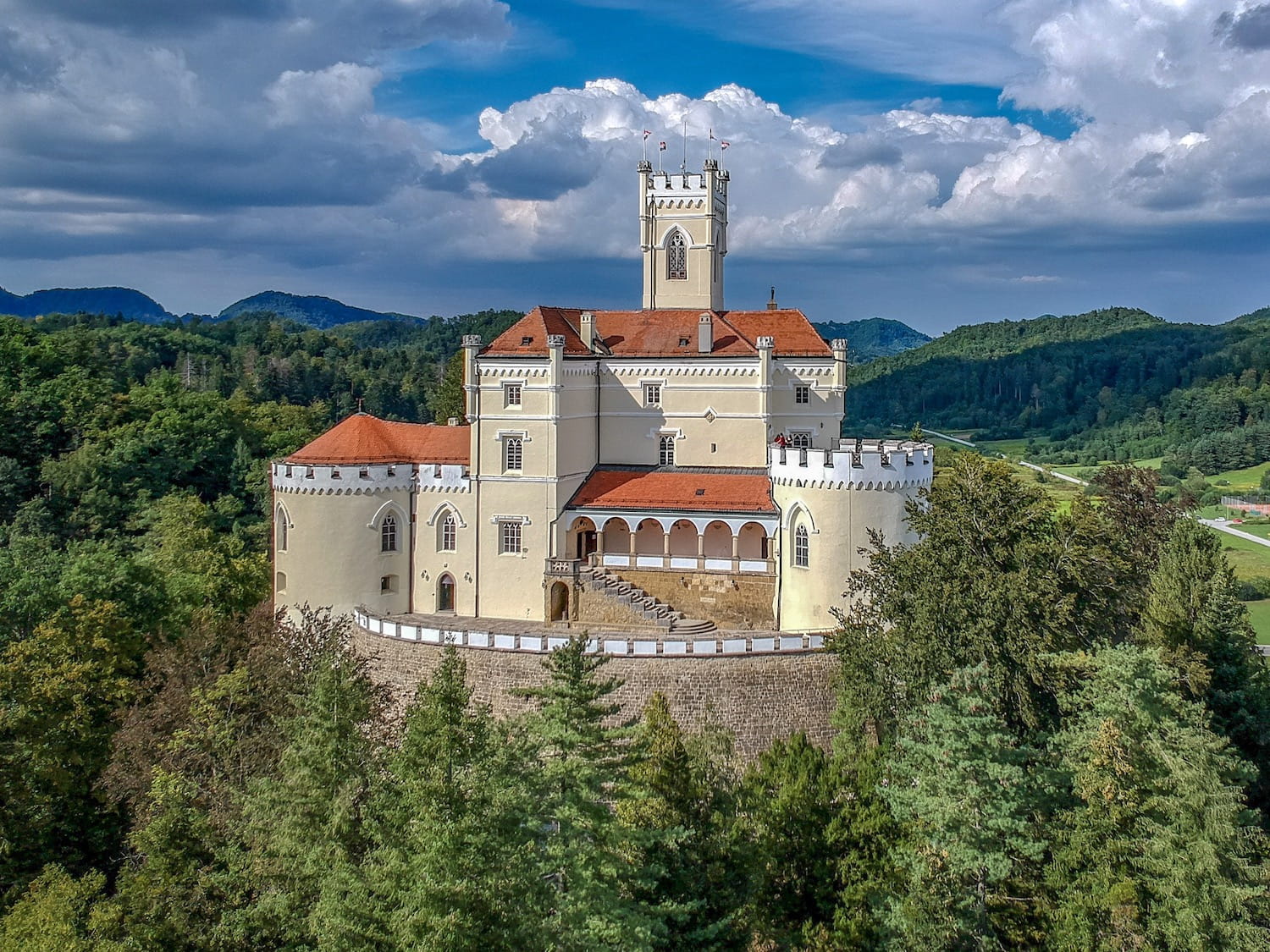
Trakošćan Castle
Trakošćan was built at the end of the 13th century exclusively for the defense purposes of north-western Croatia and served to control the route between Ptuj and Bednjanska valley. It is mentioned in historical documents that in 1399 the Hungarian king Sigismund of Luxembourg donated the entire County of Zagorje to Count Herman II of Celje. Thus, the Trakošćan manor remained in the possession of the Counts of Celje until the middle of the 15th century. Located 24.7 km away.
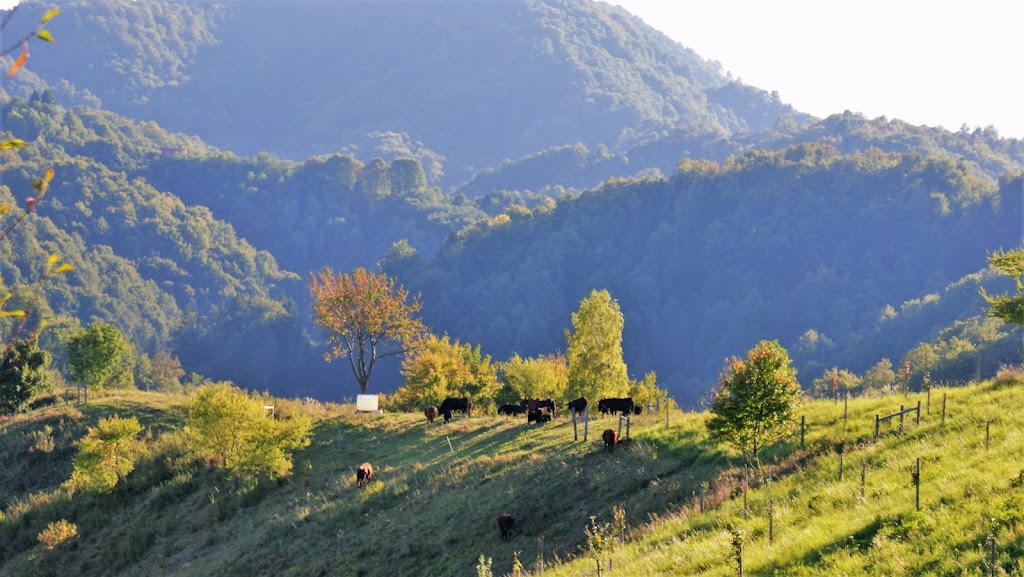
Haloze Nature Park – Čerinovo
Haloze Nature Park – Čerinovo operates as an agricultural property managed by PRJ Halo, a rural development core together with the pastoral community of Haloze. The estate is in the phase of conversion to organic farming and, together with various established ecosystem services, produces food according to the principles of agroecology, where the primary goal is the preservation of biodiversity, in the specific case of wild orchids, and the production of food with as little impact on the environment as possible. Located 2.5 km away.
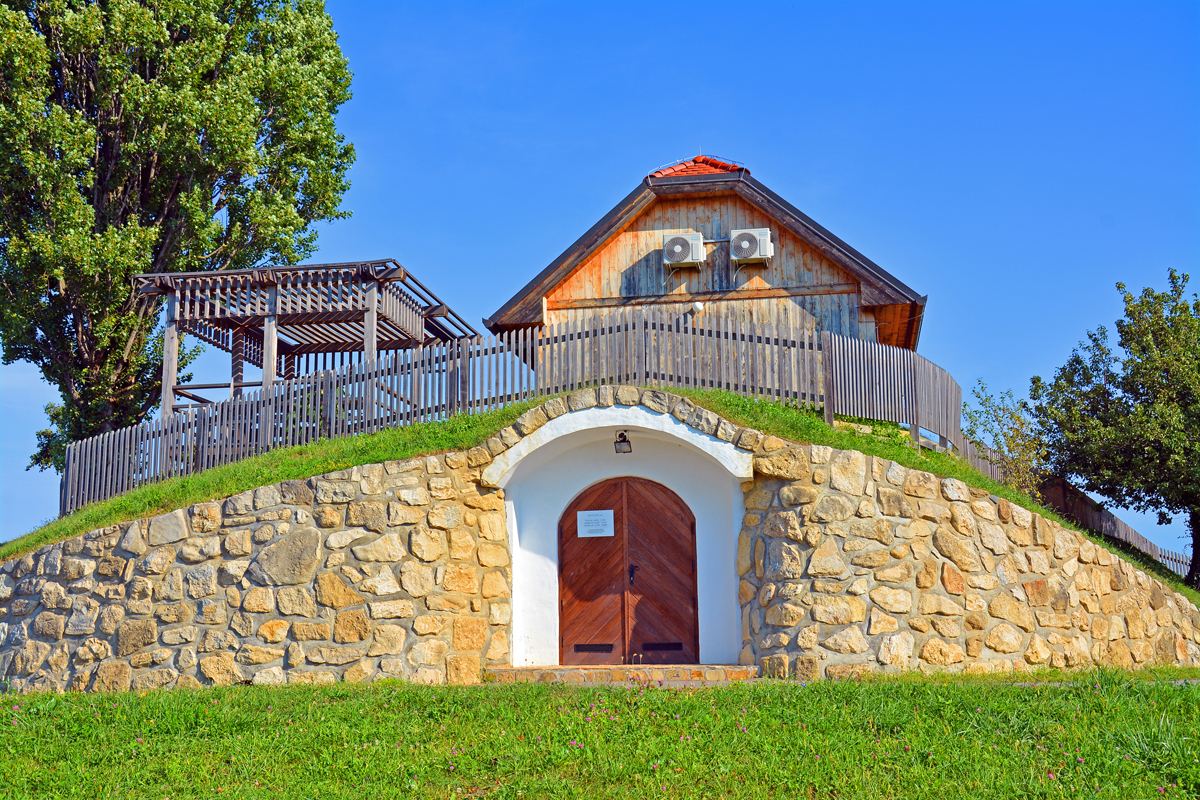
Museum of Viticulture in Gorca
The Podlehnik Tourist Association offers a tour of the Museum of Viticulture in Gorca in an idyllic location in Haloze. The winery has a kitchen with an open stove, kitchenware and accessories, furniture, a bread oven and a wine cellar. The tour is accompanied by stories about Haloze, the work and life of winegrowers, as well as a wine tasting of local winemakers with traditional Haloze cuisine. Located 9.8 km away.
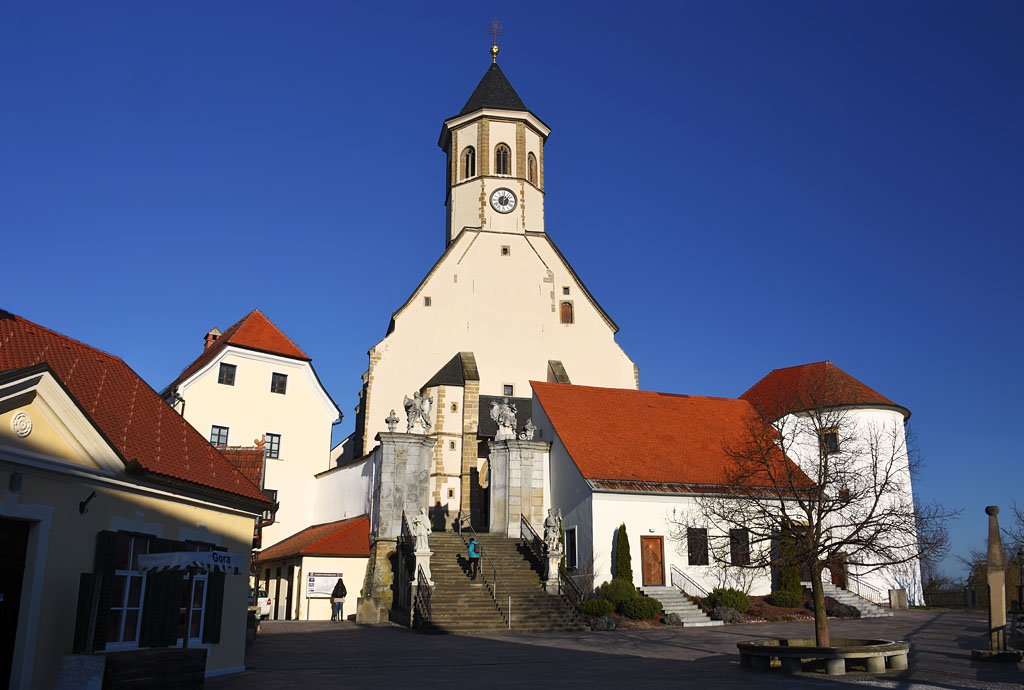
The pilgrimage Basilica of the Patroness Mary
The Basilica of the Patroness Mary with the Mantle on Ptujska Gora is one of the entry points to Haloze. It was built by Bernard III of Ptuj at the beginning of the 15th century. Several noble families participated in the construction, among them Count Friderik II of Celje, the Stubenberg noble family, and the knight Žiga Dobrnski. The church on Ptujska Gora is one of the most beautiful Gothic churches in this part of Europe. There is a large parking lot for pilgrims and visitors. The program of visits and tours of the church is carried out by the Franciscans. In the pilgrim’s house, it is possible to watch a multimedia presentation about Ptujska Gora in different languages. There are several pilgrimages throughout the year, the largest being on August 15, the celebration of the Assumption of Mary. On Janški Vrh there is the church of St. John the Baptist from the 15th century. Located 22 km away.
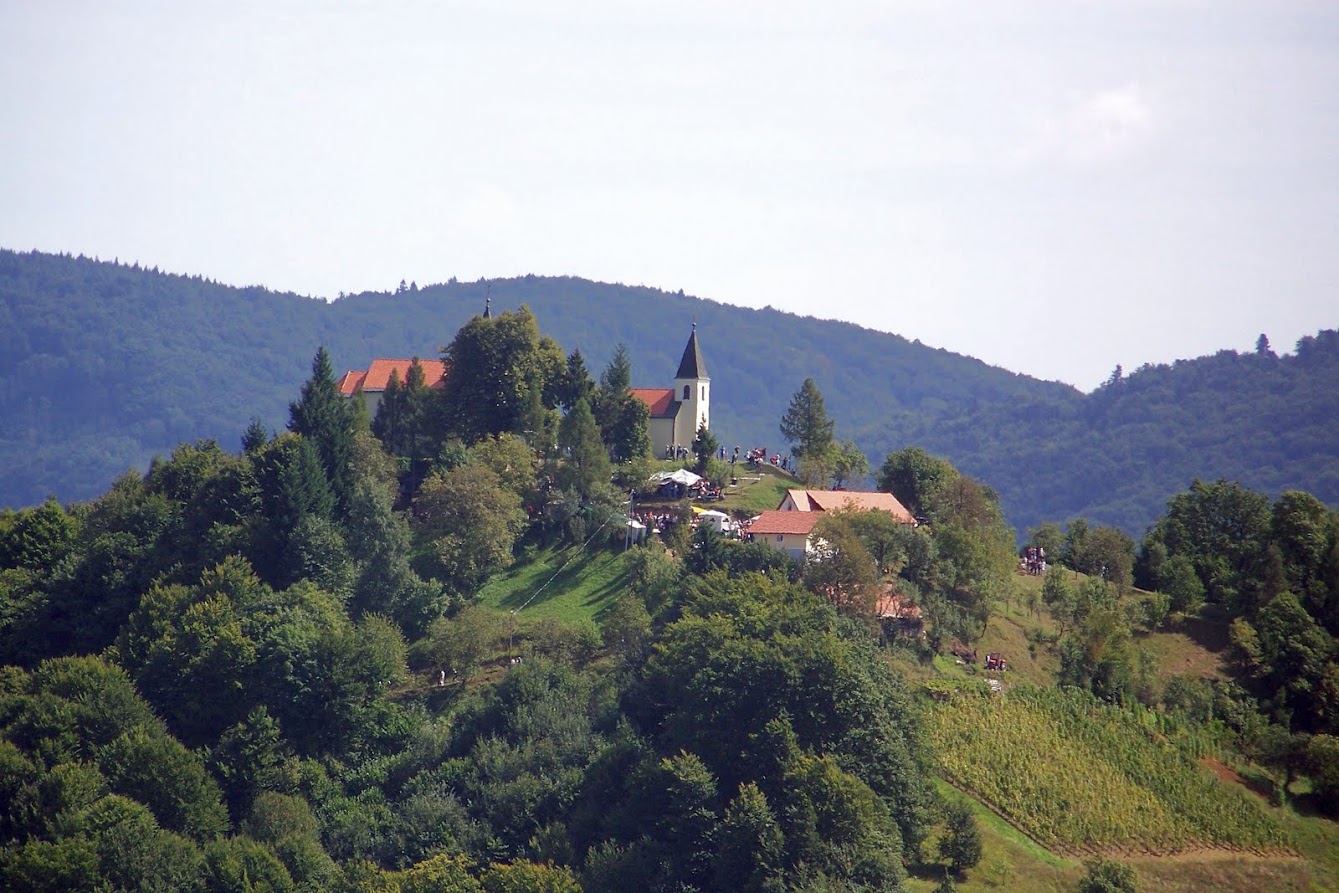
The Way of St. Augustine
Saint Augustine is a 504m high hill in Velika Varnica. There are two churches at the top and it is also a popular pilgrimage route. The largest visit takes place on the last Sunday in August, August Sunday. The fastest access to it is along the pilgrimage route, approx. 20 to 30 minutes. Or you can drive higher up and park on the side of the road. The route from Cvetlin goes partly through Croatian territory. It takes about 40 minutes to walk.
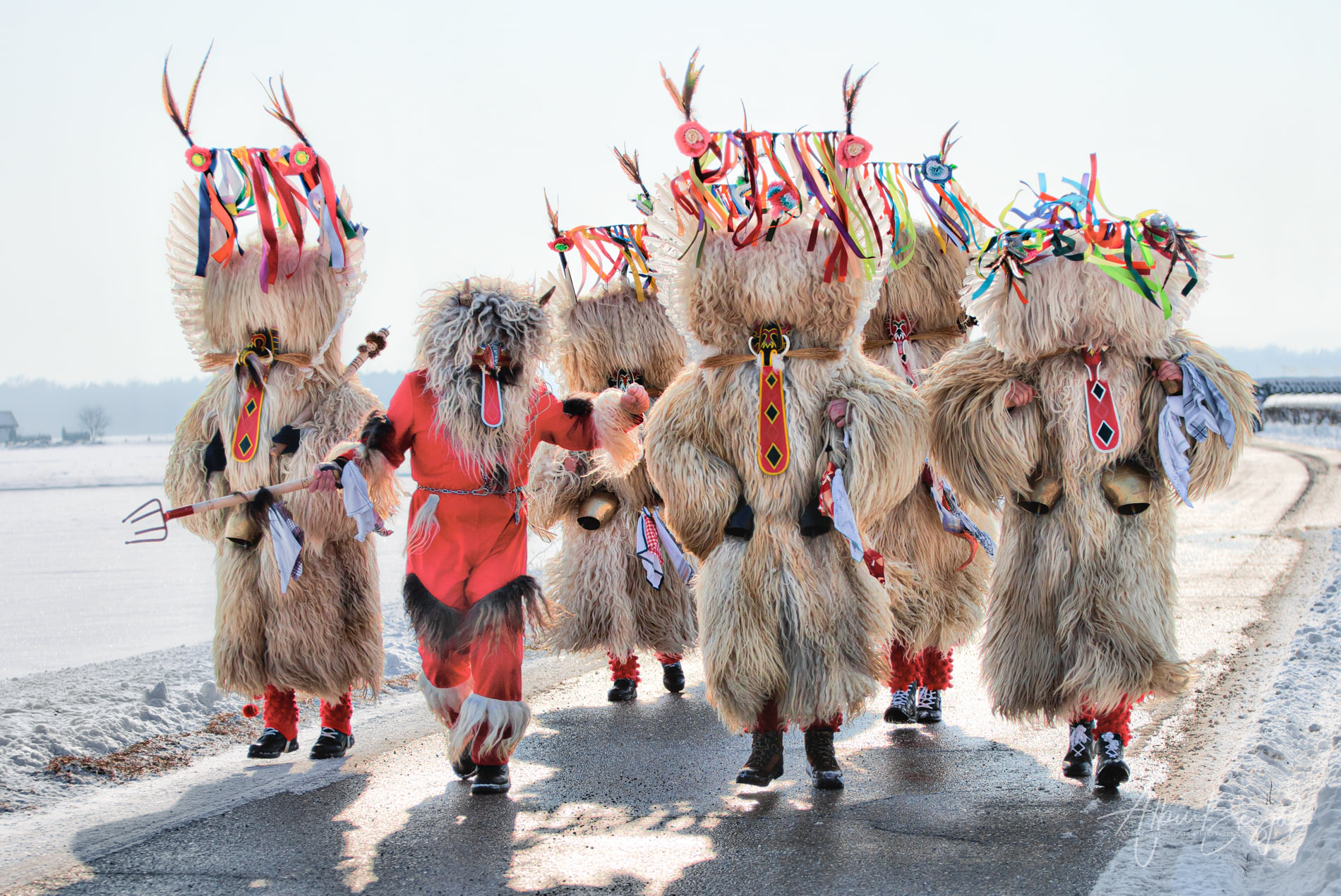
Pust carnival
The customs in Haloze during the winter period are especially connected with traditions and customs, the climax of which is the Pust carnival. It is a circuit holiday, which means that masks go from house to house. Its meaning is related to ancient customs, magic, spirits of ancestors and nature. There used to be a rule that only men, especially young boys, were allowed to wear masks, namely from Shrove Sunday to Ash Wednesday. The masks usually walk in groups. Masks and associated traditions change with time, they used to be much more connected with mythology and rituals. Nowadays masking is more associated with revelry and farce.
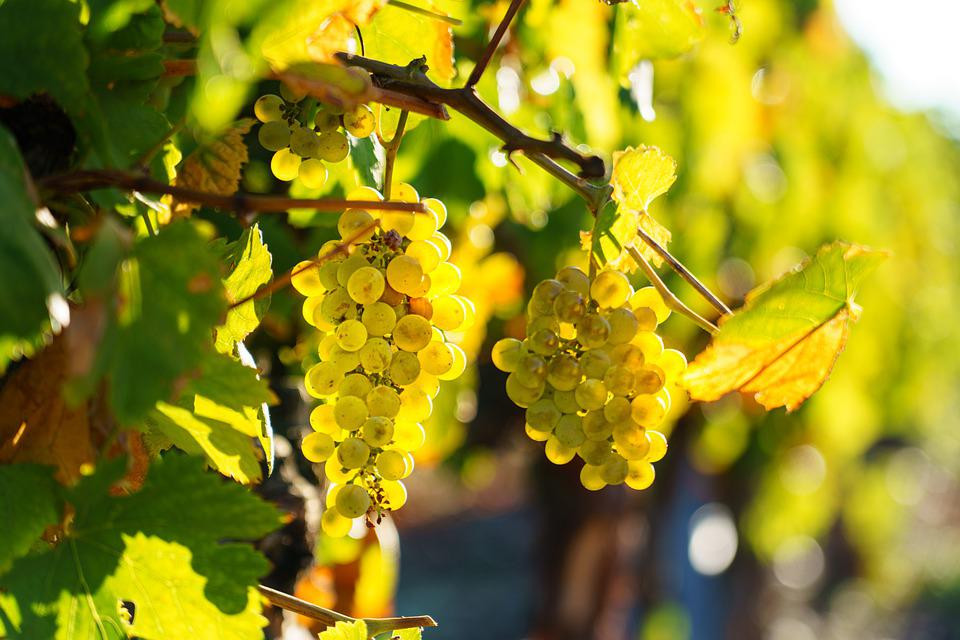
Grape harvesting and Saint Martin’s Day
In mid-October, Haloze comes to life, as the grapes are ripe and need to be harvested. In the past everyone looked forward to the harvest as a holiday, because during the year it was expected that the vine would bear fruit by that time. The owner invited neighbours, relatives and close friends, who gathered together at the vineyard in the morning, equipped with wooden boxes and knives, with which they cut the grapes.
Martin’s Day is a holiday, which is celebrated on November 11, when the must is supposed to turn into wine. The holiday, which originates from old pagan customs of sacrifice, later took on a Christian form, in connection with the feast of the popular saint Martin.
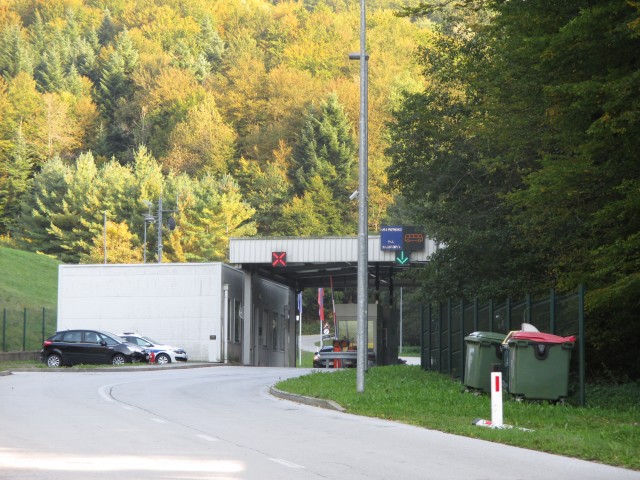
Border crossing Zgornji Leskovec
Located 4.2 km away.
